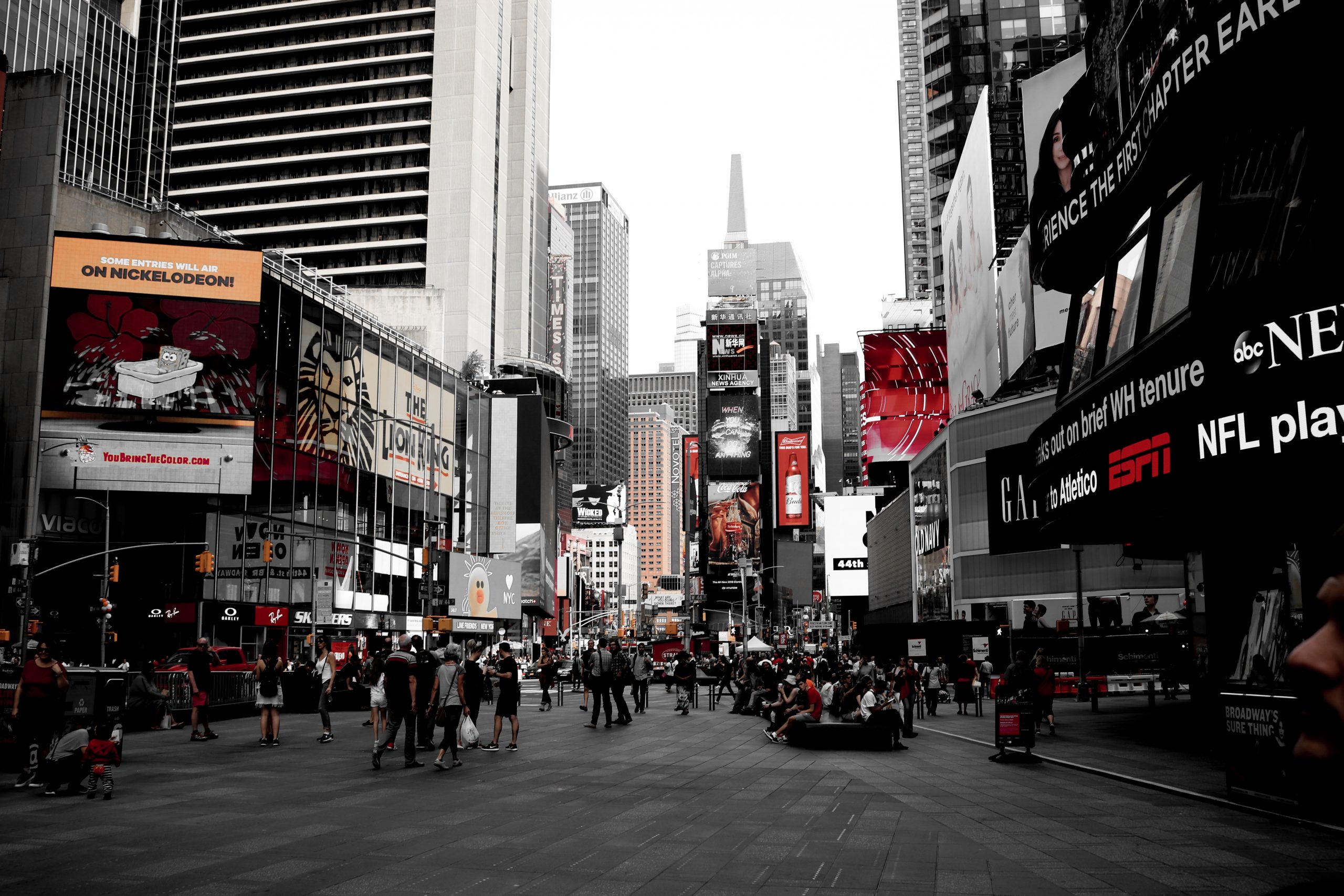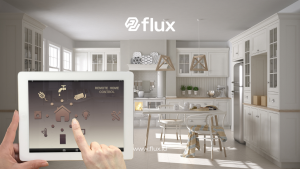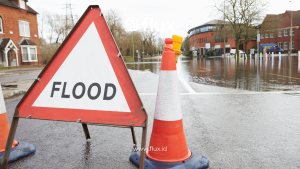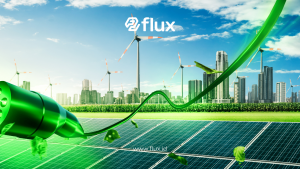Don't miss our holiday offer - 20% OFF!

Read also : The Role of Central Power Sensors in Energy Efficiency of Building
Cities around the world are rapidly evolving, with growing populations and urbanization. In addressing these challenges, the concept of a Smart City has emerged as an innovative solution. One of the key technologies enabling Smart City development is the Internet of Things (IoT) and connected smart sensors. This article will explain the vital role of IoT sensors in the transformation of cities into smarter, more efficient places.
Contents
What Is a Smart City?

Read also : Security and Privacy in Connected Parking Systems: Challenges and Solutions
Before delving into the role of IoT sensors, let’s first understand what a Smart City is. A Smart City is a concept that integrates information and communication technology (ICT) into city management and development to enhance efficiency, quality of life, and sustainability. In a Smart City, data becomes a central component that enables better decision-making.
IoT Sensors: The Brain of a Smart City

Read also : Security and Preparedness Enhanced by Smart EWS Technology
IoT sensors are small devices capable of automatically detecting, measuring, and transmitting data. These sensors play a crucial role in enabling cities to become smarter. Here are some vital roles that IoT sensors play in the context of Smart City development:
Environmental Monitoring
IoT sensors can be used to monitor air quality, temperature, humidity, and pollution levels. This data helps governments take appropriate measures to maintain a healthy and comfortable environment for residents.
Traffic Management
Connected traffic sensors can help optimize traffic flow, reduce congestion, and enhance mobility within cities. Real-time information from these sensors can also be used for the development of more efficient public transportation.
Public Safety
Camera sensors and sound detection sensors can be used to enhance public safety. They can detect suspicious activities or accidents and provide a rapid response from authorities.
Waste Management
Smart sensors on trash bins can help optimize waste collection. They provide information on trash capacity and notify sanitation workers when emptying is needed, reducing resource wastage.
Energy Efficiency
IoT sensors are also used to manage energy consumption in buildings and city lighting networks. This helps reduce energy consumption and environmental impact.
Conclusion

Read also : The Role of Gas Sensors in Building Safety and Efficiency
IoT sensors are the brains behind the transformation of cities into smarter places. They enable the collection of extensive data, intelligent analysis, and better decision-making by city governments. By harnessing the potential of IoT sensors, Smart Cities can deliver benefits such as efficiency, comfort, and security to their residents. Continual collaboration between government, the private sector, and the community is crucial to maximize the potential of Smart Cities. Together, we can create cities that are smarter, more sustainable, and responsive to the needs of their inhabitants.





